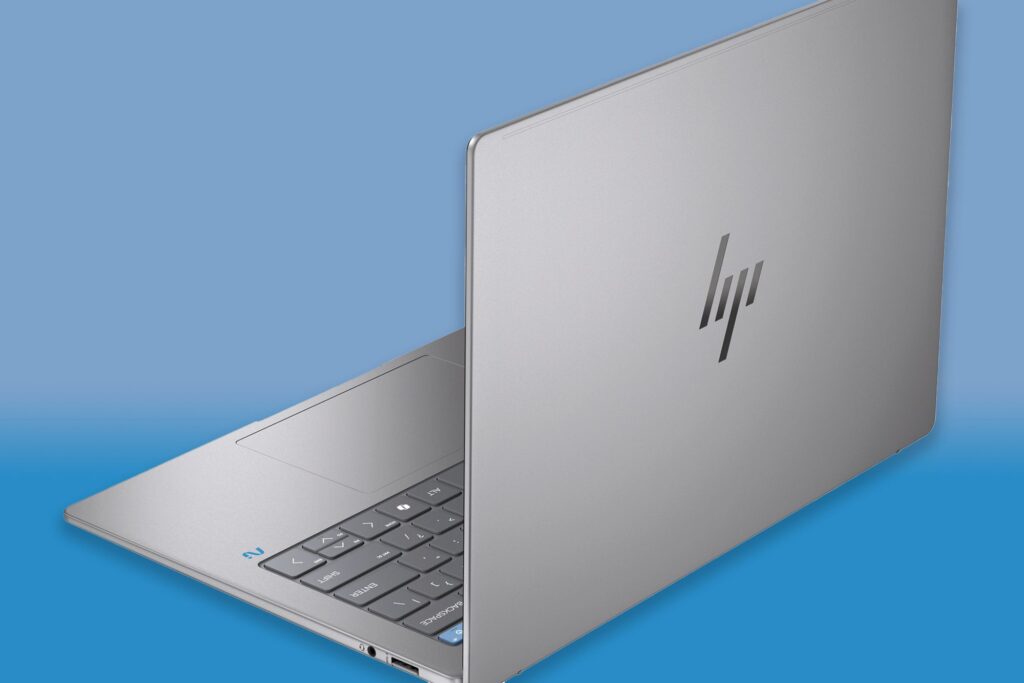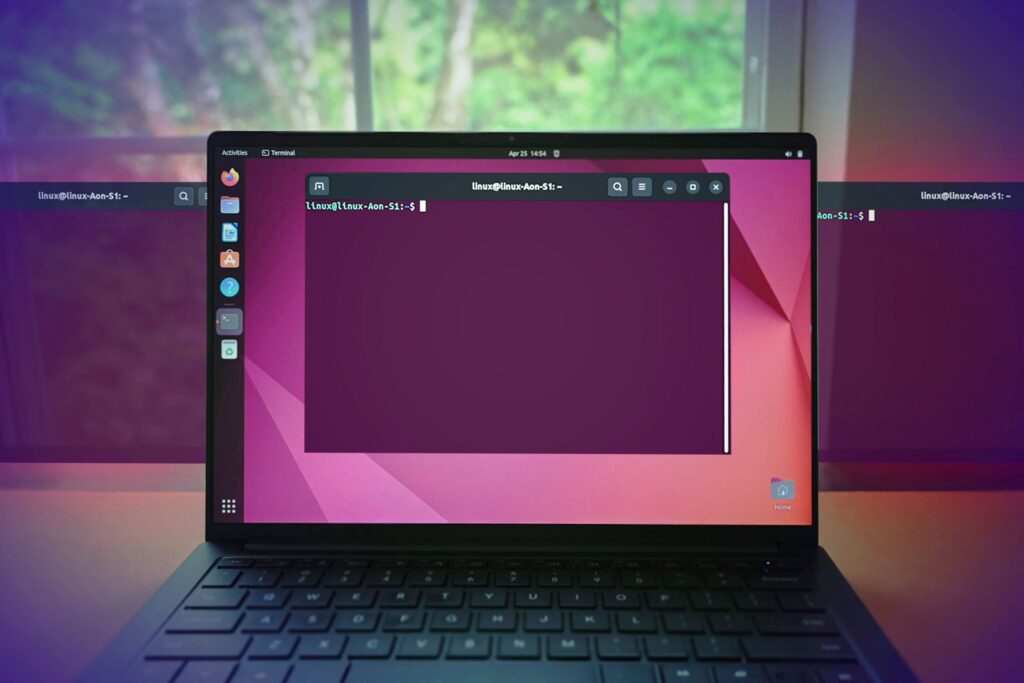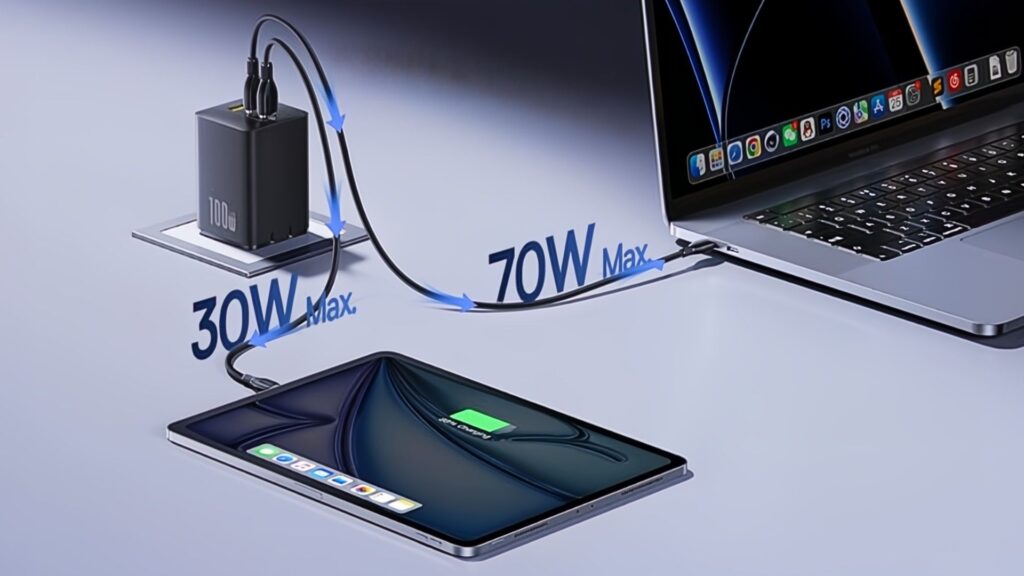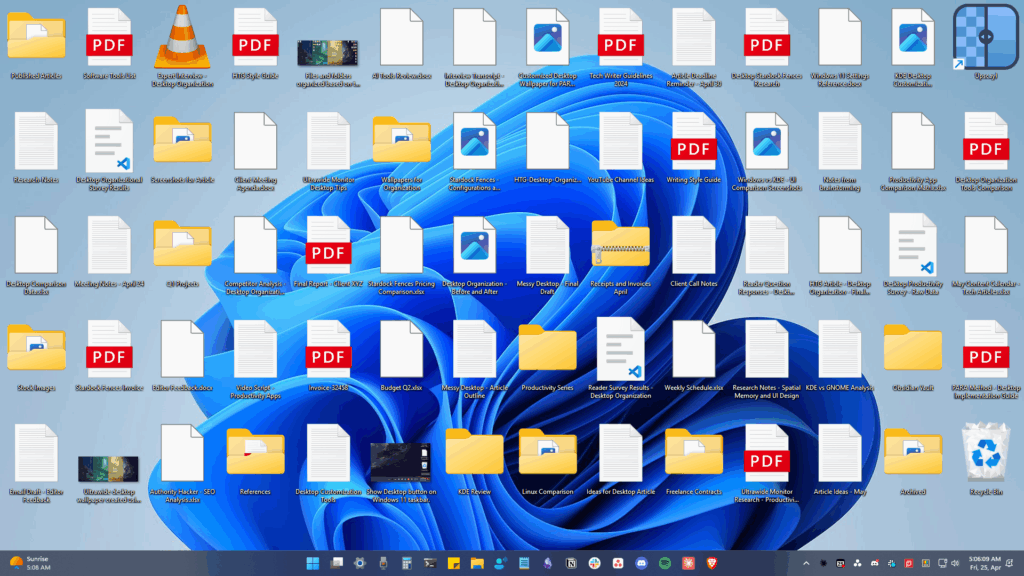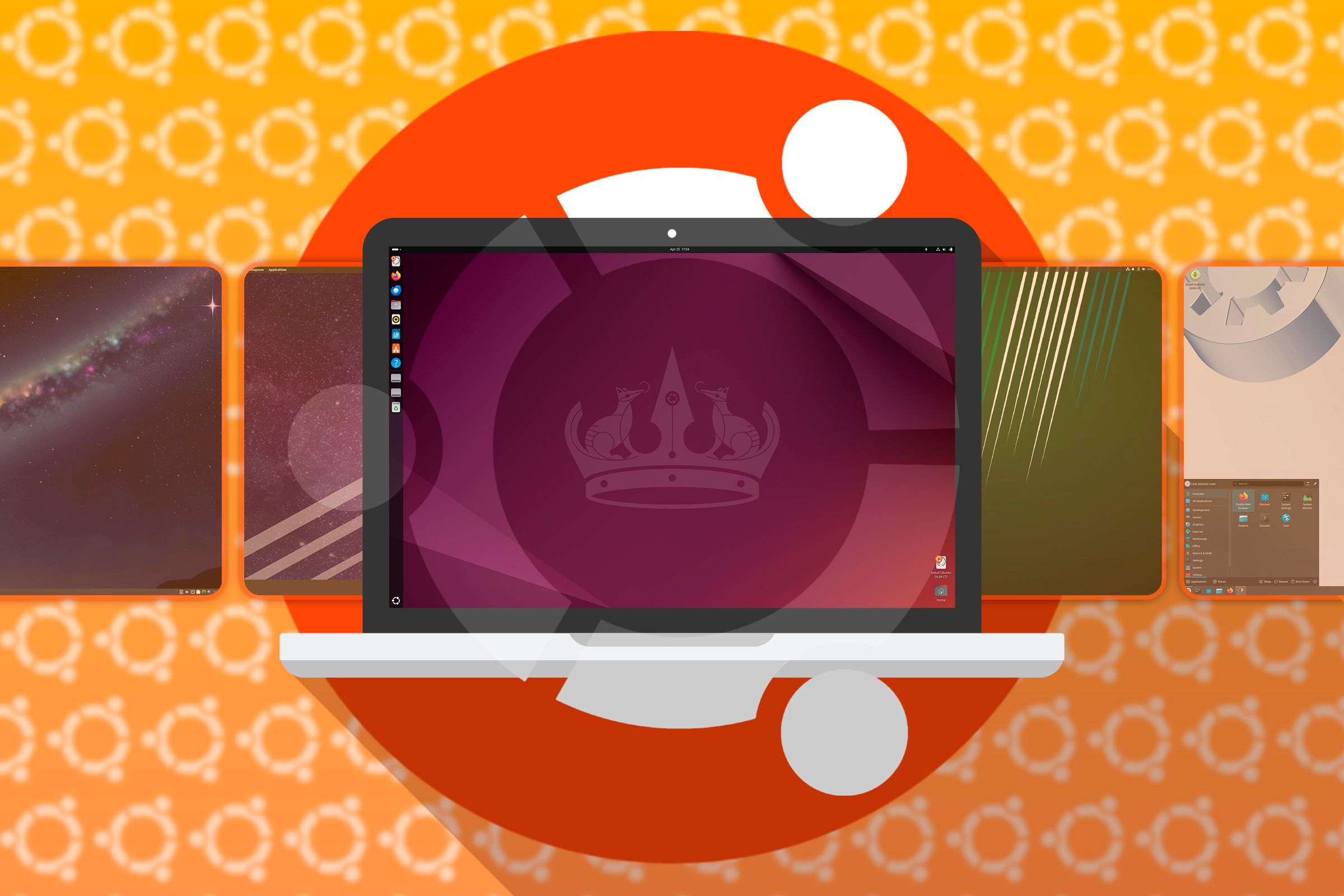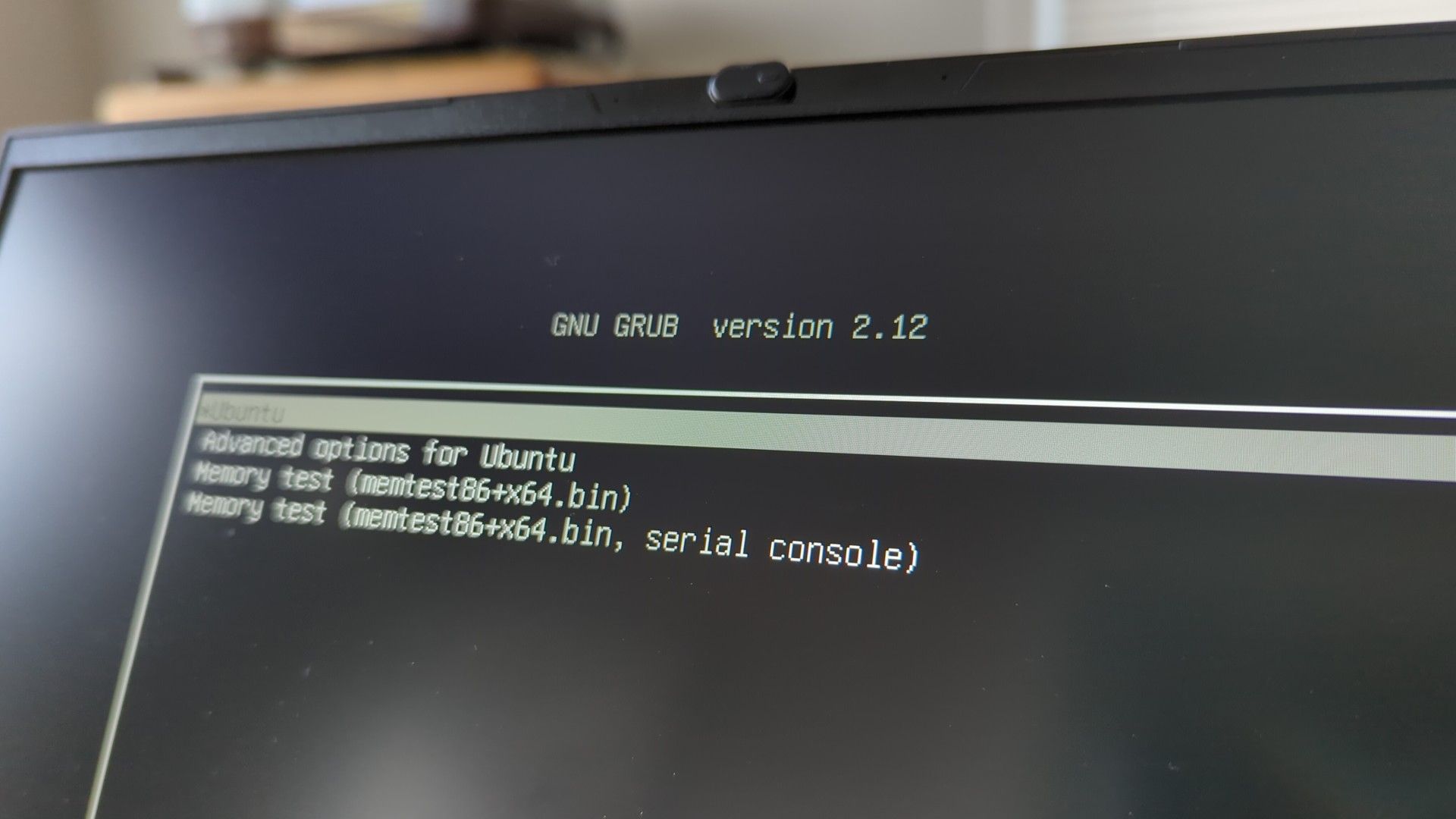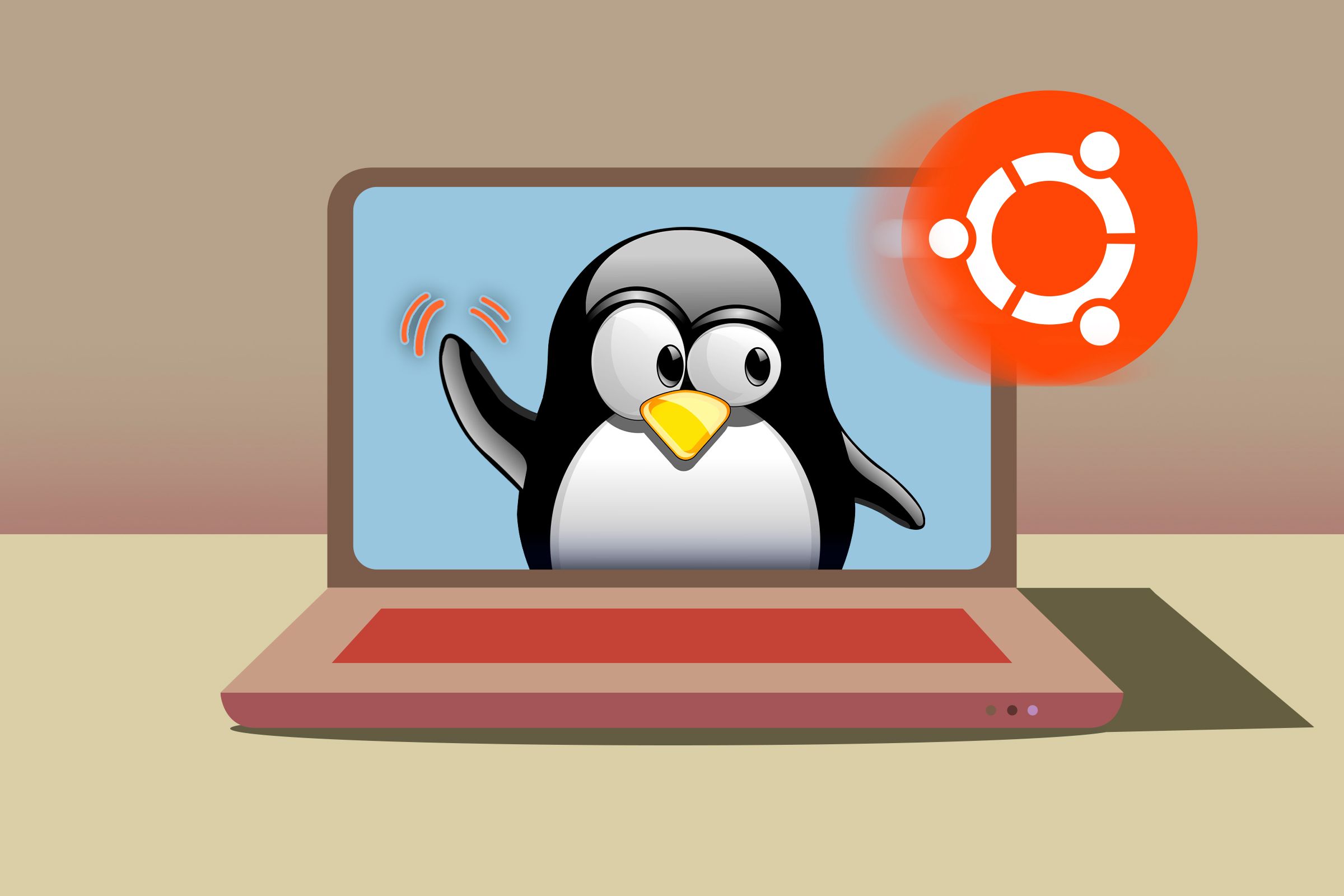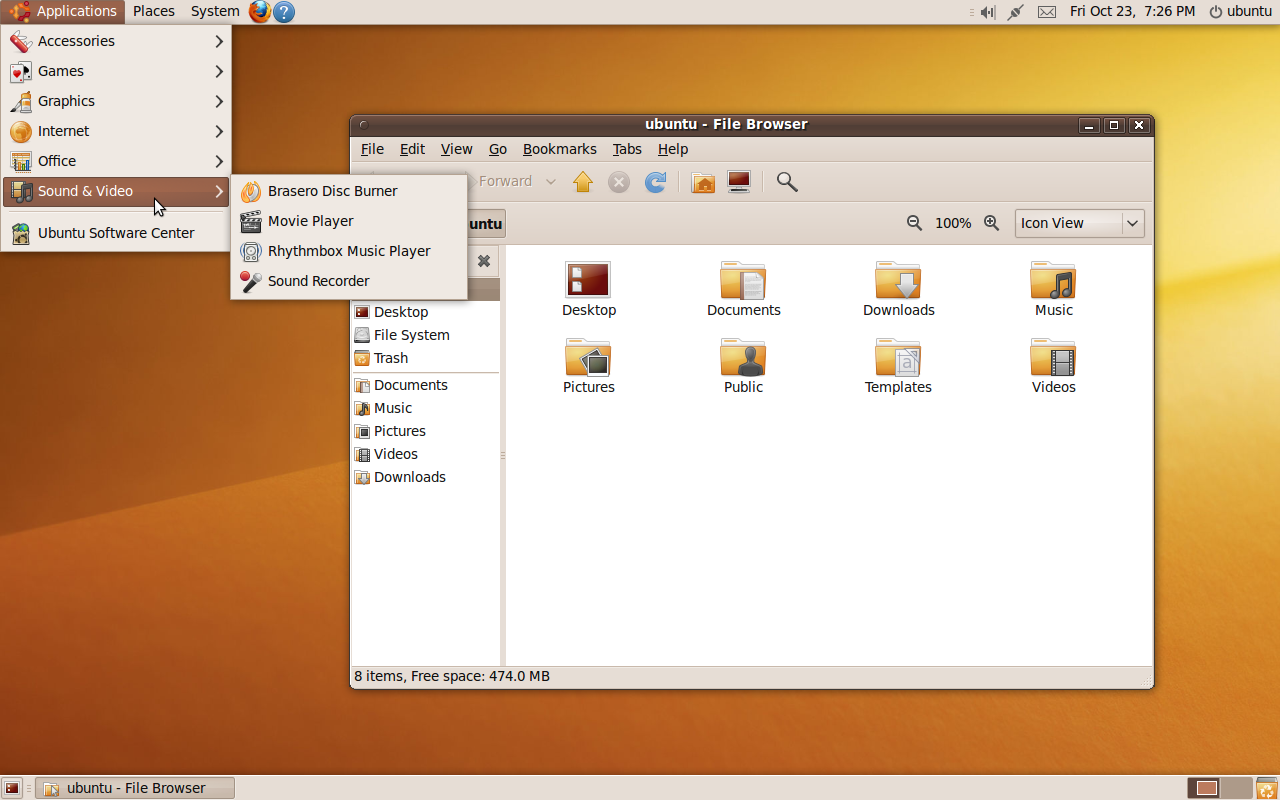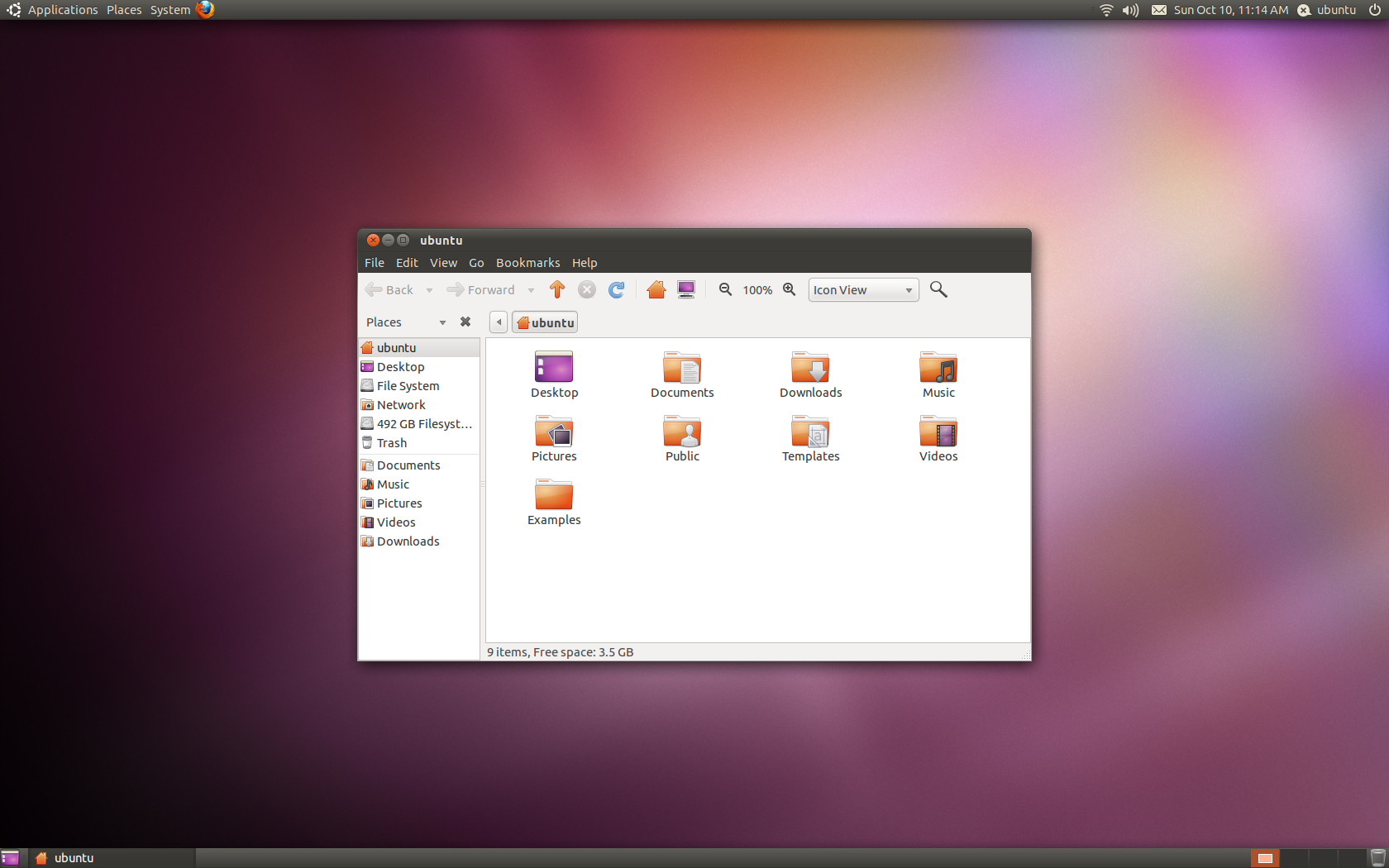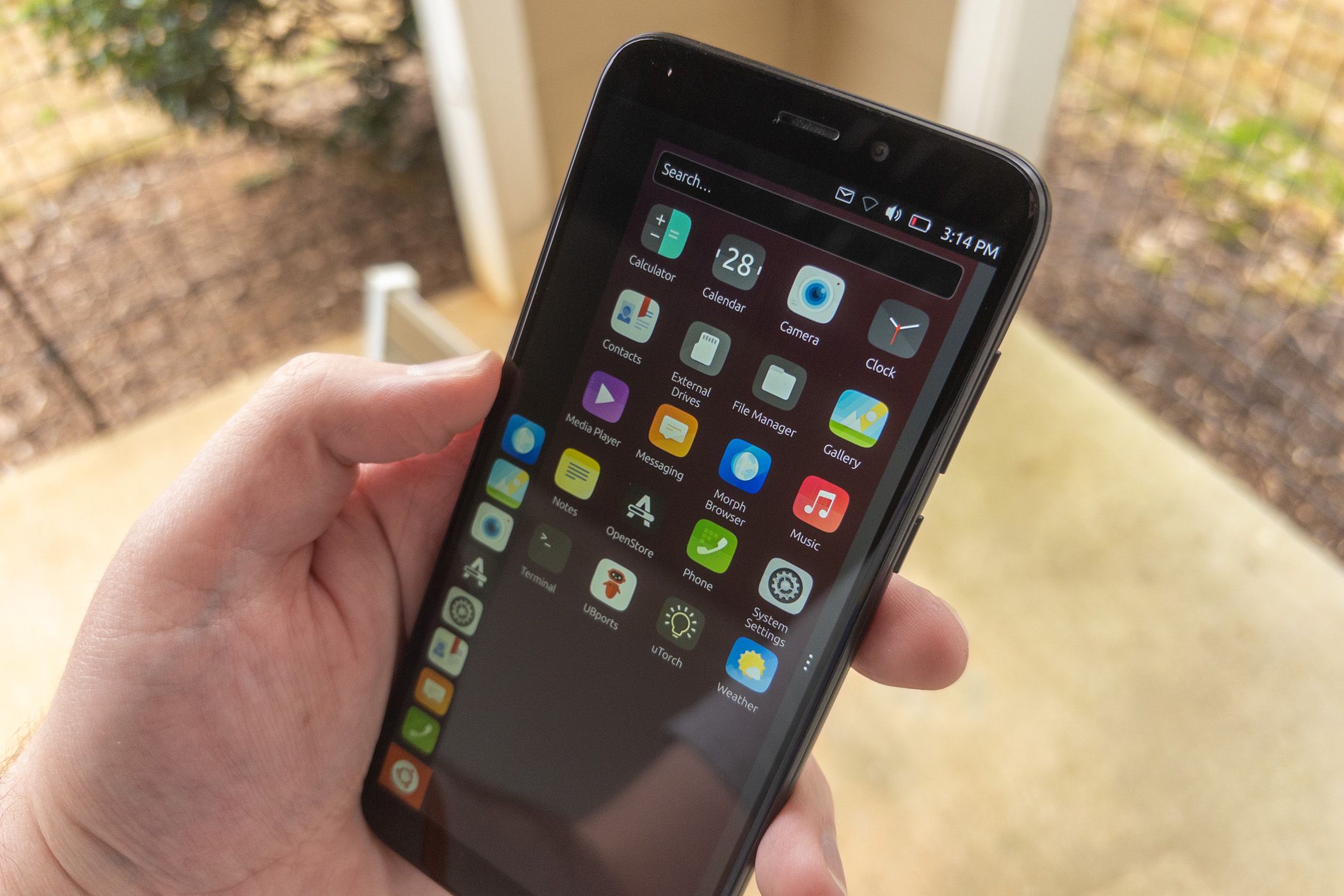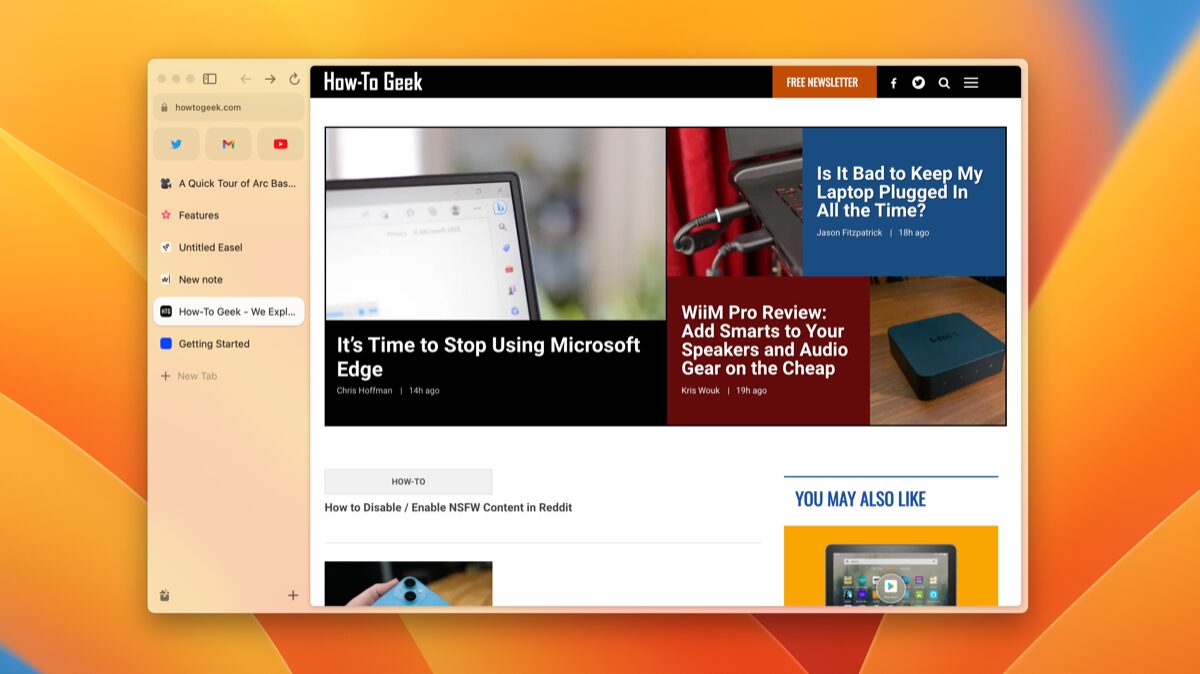Ubuntu Was My First Distro—Here’s Why We Went Our Separate Ways
Ubuntu
Summary
- I found Ubuntu very exciting in the early days, but I quickly grew disillusioned with the distro’s design choices.
- Canonical’s explorations away from the desktop toward phones and TVs felt misguided.
- The design of the Ubuntu desktop still feels like a bit of an afterthought. Canonical now places more emphasis on its snap package format, the Snap Store, and other related technologies.
I once used Ubuntu and followed its development with extreme excitement, like a kid whose favorite console and game are both available for free. Now, at best, I feel ambivalence. What happened along the way?
It All Started Around 2008…
I don’t remember exactly how I first stumbled across Ubuntu back in high school, but it was at a time when I was discovering free and open source software in general: apps like Mozilla Firefox, Thunderbird, AbiWord, and OpenOffice. This was software that anyone could own, regardless of if they had the money or a “good” PC.
My brother and I shared the desktop PC we had at the time, so I couldn’t risk breaking it by installing a Linux distro with zero knowledge of what I was doing. It was also almost my only lifeline to a social life. So I instead played around with Linux on a years-old laptop with the one version of Ubuntu that would run on it: Xubuntu. But without working drivers for the dial-up modem, there were limits to what I could do.
Here’s a look at what Xubuntu looked like at that time.
It was the following year, as a first-year student in college, that I made the complete switch to Ubuntu. It wasn’t that I suddenly found bravery. It was that I broke my copy of Windows Vista, which wouldn’t boot one day, and the data was unrecoverable due to the disk encryption software I was using. Everything was lost, so there was nothing more to lose.
In the Early Days, It Was Fun
In high school, I played around with the Ubuntu 8.04 Hardy Heron live CD, but it was Ubuntu 8.10 Intrepid Ibex that I would eventually install on my college laptop. I was excited for every change to come in 9.04 Jaunty Jackalope and 9.10 Karmic Koala—things like a dedicated menu for managing instant messaging accounts (known as the MeMenu) and a more earthy theme. I was so invested back then that these version numbers and names are etched in my mind without needing to look them up.
I was along for the ride in the development of the Ubuntu Netbook Remix, which I ran on a netbook while at college. This would eventually grow into the Unity desktop interface that would come to define Ubuntu.
My opinion shifted a bit with 10.04 Lucid Lynx. This was my first time watching the release of an Ubuntu LTS, and I didn’t like the cosmetic changes. I wasn’t a fan of the new purple and orange color scheme. I didn’t dig the app theme that placed a divider awkwardly between the application menu and the rest of the app window. I didn’t like the movement of the window buttons to the left. I remained discouraged when the look was refined by largely the same in Ubuntu 10.10 Maverick Meerkat.
All of this I was able to easily change, so I could overlook it, but it did increase my interest in other distros.
Ubuntu Got Distracted With Dreams of Phones and TVs
Netbooks, at their core, were just small PCs. They didn’t require all that much new technology to create software for. The story was different with phones and TVs. So when Canonical announced it was bringing Ubuntu to those devices, I might have felt excitement if I thought there was any chance of them coming to the US, but part of me didn’t think the company would have the resources to pull this off.
As Canonical began to develop the technologies that would form the foundation for the Ubuntu phone, this code was promised to also someday power an upcoming version of the Ubuntu desktop. That version of Ubuntu would be ready in the next year, or the next, until eventually it never came.
This effort, which felt misguided, really damaged Ubuntu in my eyes. But that wasn’t all.
Canonical Continued to Go Its Own Way
I loved that free and open source software was built on a foundation of collaboration. It wasn’t just the idea of code being freely available that excited me; it was also watching so many volunteers and companies from all over the world collaborate on the same code.
Yet, bit by bit, Canonical started abandoning established technologies in order to develop its own. Instead of embracing the 3.0 version of GNOME, Canonical developed its own Unity interface instead. You could say GNOME 3 wasn’t quite ready at the time, but neither was Unity!
Instead of gradually transitioning from the X.org display server to Wayland, its replacement, Canonical decided to create its own by the name of Mir. Rather than embrace the nascent Flatpak package format for installing apps, Canonical made its own Snap format (thankfully, you could always install Flatpaks on Ubuntu if you wanted to).
As GNOME developers started asking distros not to theme their apps, creating a website dedicated to this one request, Canonical continued to theme its desktop anyway. I understand why—projects want to have their own visual identity. Just taken together, using Ubuntu meant I was using different software from most other distros, even if most of the apps were the same.
Ubuntu Became a Less Stable Foundation
If Ubuntu had pulled all of this off successfully, I might feel differently, but that wasn’t the case. Canonical abandoned Unity in 2017. Ubuntu decided to use Wayland for the desktop after all, after years of work on Mir. Canonical gave up on the Ubuntu Touch project, which is now managed by the UBPorts Foundation. At least you can still get Ubuntu Touch up and running on some phones. As for Ubuntu TVs, I don’t know of any that were ever made.
All the while, the Ubuntu desktop became a less stable foundation. Unity had stagnated for years before Canonical pulled the plug. The distro shipped a mismatched set of GNOME apps and libraries with different version numbers. The desktop increasingly felt like a maintenance project on life support.
Desktop Ubuntu Now Feels Like an Afterthought
When Ubuntu shifted back to GNOME, I was briefly excited, but Canonical wasn’t returning to its ways of experimenting with what the GNOME desktop could be. The company added a few extensions that made its version of GNOME look more like Unity, and these were changes I largely didn’t like. I prefer GNOME’s complete lack of desktop icons. I liked GNOME’s dock that only appears when the Activities Overview is opened, rather than always visible. From GNOME 3’s release on, I had preferred every design decision GNOME to Ubuntu’s, and it became increasingly clear Ubuntu and I were no longer a good match.
Ubuntu has largely stayed the same since. Canonical doesn’t talk about the desktop all that much. Its interest seems to be in Snaps. I’ve never cared for snaps or the Snap Store. Most of the apps I want are on Flathub instead. Ubuntu has a new app store and a different installer, but these are changes around the edges.
Still, I’m glad Ubuntu’s running GNOME now. I’m glad it’s using Wayland. I appreciate Ubuntu’s contributions to these projects and more. Everyone benefits from cooperation. I like having Ubuntu as a friend. The excitement’s gone, and I wouldn’t call what I feel love anymore, but I’m glad they’re there. I wish them all the best.
These days, I’m not seeing any of the traditional Linux distros. I’ve been flirting with Samsung DeX for around a year now, and I think it’s getting serious.




